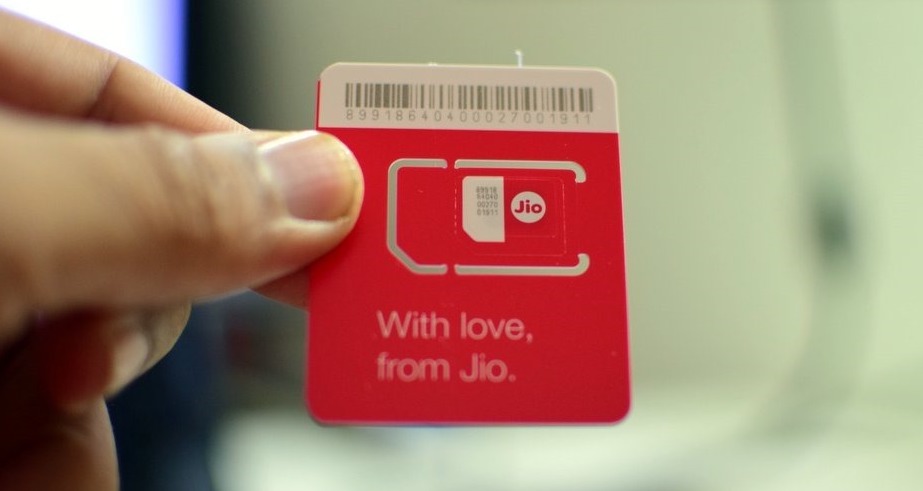In today’s fast-paced world, where technology rules the roost, traditional methods of advertising and communication are going through a major makeover. One innovation that’s been gaining a lot of steam is digital signage. This article delves into the world of digital signage – highlighting its significance in advertising and communication and tracing its journey from inception to the present.

Understanding the Digital Signage
Digital signage is all about those fancy electronic displays that showcase digital images, videos, web pages, weather updates, menus, or text. It’s a slick system that lets you display video and multimedia content for advertising or providing information. Think of it as a centralized control hub that plays digital content on one or multiple screens or displays.
You can spot digital signage in all sorts of public spaces, transportation systems, museums, stadiums, retail stores, and whatnot. And the best part? You can manage this tool from your personal computers, servers, or through regional/national media hosting providers.
The technology behind digital signage uses LCD, LED, OLED, or projected images to grab your attention and get the message across. It’s the way to go if you want to engage your audience with moving images, eye-catching graphics, and the ability to update messages on the fly.
Element of Digital Signage
To get the hang of digital signage, you gotta know what makes it tick, both the hardware and software sides of the coin.
Hardware Elements
- Displays: LCD or LED screens are the stars of the show when it comes to digital signage hardware. They come in all sorts of shapes and sizes, so you can pick the one that fits your needs and budget like a glove.
- Media Players: These nifty devices connect to the display and deliver the content you want. You can either have standalone media players or ones integrated right into the display. These little wonders decode and render all that multimedia goodness for your viewing pleasure.
- Mounting and Enclosures: You need something sturdy to hold those displays in place and keep them safe, right? That’s where mounting systems and enclosures come into play. Depending on where you’re setting up shop—on the wall, the ceiling, or freestanding—there’s a perfect mounting solution for you.
- Connectivity: To keep that digital signage network up and running, you need some connectivity options like Wi-Fi or Ethernet. That’s how you distribute the content and manage it remotely, my friends.
Software Elements
- Content Management System (CMS): Think of the CMS as the mothership of content creation, scheduling, and distribution. It’s your go-to platform for crafting and managing content, creating playlists, setting schedules, and keeping an eye on display performance from a distance.
- Design and Authoring Tools: These handy tools make content creation a breeze. They give you templates, design elements, and multimedia integration options to create visually stunning and engaging content for your digital signage.
- Analytics and Reporting: Gotta know how your digital signage campaigns are doing, right? That’s where analytics tools swoop in to save the day. They track all the important metrics—audience engagement, content effectiveness, display uptime—and give you the insights you need to make informed decisions and fine-tune your strategies.
Benefits of Digital Signage
Implementing a digital signage system can give your business a serious leg up. Here are some key benefits of using digital signage for advertisement and communication:
- Real-time updates – No more waiting around. With digital signage, you can update your content in a jiffy. Boom! Instantly across all your displays. That means the info you’re sharing is always fresh as a daisy.
- Cost-effective – Say goodbye to costly printing and distributing traditional advertising materials. Digital signage saves you a bundle on printing, shipping, and content updates.
- Increased customer engagement – Digital signage captures attention like nobody’s business. The dynamic content, videos, and interactive elements hook your customers and get them all excited. That means more brand recognition, increased sales, and happy customers all around.
- Improved internal communication – Digital signage isn’t just for the outside world. You can use it to communicate within your organization too. It’s the perfect platform for sharing news, updates, and important announcements with your employees in real time.
Creating Effective Digital Signage Content
Content is king when it comes to digital signage. Here are some hot tips for creating content that hits the mark:
- Keep it concise – Digital signage is all about brevity. Get your message across using clear and concise language. Ain’t nobody got time for long-winded stuff.
- Use Captivating Visuals – Use high-res images, videos, and graphics that grab attention and make folks go, “Whoa!” Make sure they match your brand’s vibe and overall message.
- Incorporate motion and interactivity – Add some pizzazz to your content with cool animations, smooth transitions, and interactive elements. Get folks touching screens or integrating their mobiles for some extra interaction.
- Know your audience and context – Tailor your content to the time of day, the location, and the people you’re targeting. Serve up content that’s relevant, timely, and speaks to the heart of your viewers.
The Future of Digital Signage
Digital signage continues to evolve, driven by advancements in technology and changing consumer expectations. Here are some emerging trends and predictions for the future of digital signage:
- AI-powered content personalization – Artificial Intelligence (AI) is gonna revolutionize the game by delivering personalized content based on real-time data and what people
- Integration with the Internet of Things (IoT) – Get ready for digital signage to join forces with the IoT. It’s going to be all about seamless connectivity and sharing data between different systems and smart devices.
- Supercharged interactivity – Brace yourselves for even more interactive experiences with digital signage. Think touchless interfaces, gesture control, and augmented reality (AR) integration.
- Advanced analytics and metrics – Analytics tools are going to get smarter than ever. They’ll dive deep into audience behavior, analyze sentiment, and track content performance. Get ready to optimize those campaigns like a boss.
In a Nutshell
Digital signage is, undoubtedly, the future of advertisement and communication. By understanding the hardware and software components, creating content that grabs attention, and exploring all the different applications, businesses can take advantage of digital signage to captivate their audiences, boost brand awareness, and achieve their goals. And as the future unfolds, with its fancy trends and technological advancements, businesses must stay nimble and embrace the possibilities to stay ahead in this ever-changing communication landscape.
Sources:
- Digital signage – Wikipedia
- What is Digital Signage? | The Most Accurate Definition (intuiface.com)
- What is Digital Signage? What is Digital Signage CMS Software? Digital Signage Solutions (tripleplay.tv)
- Digital Signage Introduction – Overview of hardware and software (powerdigitalsignage.com)
- Introduction to Digital Signage • PresentationPoint







